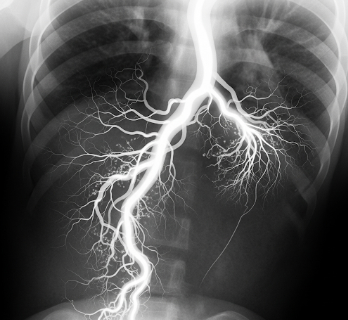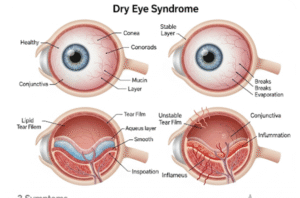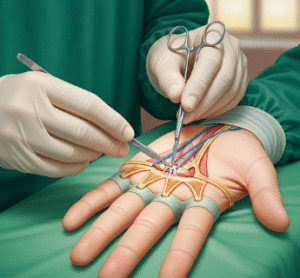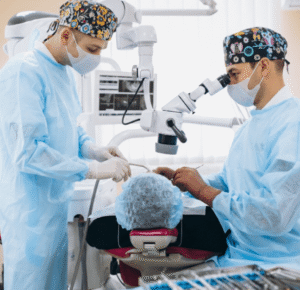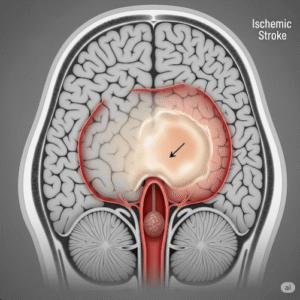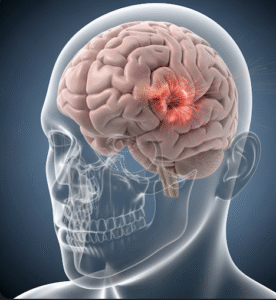Overview
An Angiogram, also known as angiography, is a diagnostic imaging procedure used to visualize blood vessels. It helps detect blockages, narrowing, aneurysms, or other vascular abnormalities in arteries and veins throughout the body, including the heart, brain, and limbs. By providing detailed, real-time images, angiography plays a critical role in diagnosis, treatment planning, and minimally invasive interventions.
In Korea, angiograms are performed in highly advanced cardiology and radiology centers using state-of-the-art imaging technology. Hospitals provide expert interventional radiologists or cardiologists, modern catheterization labs, and comprehensive post-procedure care to ensure accuracy, safety, and rapid recovery.
What is an Angiogram?
An angiogram is a minimally invasive procedure that involves injecting contrast dye into the blood vessels and capturing X-ray images to evaluate blood flow.
Types of angiograms:
- Coronary Angiogram: Examines arteries supplying the heart
- Cerebral Angiogram: Evaluates blood vessels in the brain
- Peripheral Angiogram: Inspects arteries in the arms, legs, or other extremities
- Pulmonary Angiogram: Examines vessels in the lungs
Key points:
- Uses X-ray or fluoroscopy for imaging
- Helps detect blockages, clots, aneurysms, and congenital vascular abnormalities
- Can guide interventions like angioplasty, stenting, or embolization
- Minimally invasive and usually performed under local anesthesia with sedation
What are the benefits?
- Accurate diagnosis of vascular conditions
- Guides interventional procedures such as stent placement or clot removal
- Minimally invasive, reducing hospital stay and recovery time
- Improves treatment planning for heart disease, stroke, or peripheral artery disease
- ✅ Early detection of blockages or aneurysms prevents serious complications
- ✅ Can combine diagnosis and treatment in a single session
- ✅ In Korea, advanced imaging ensures high-resolution images and precise interventions
Procedure Details
1) How should I prepare for an Angiogram?
- ➤ Fasting instructions: Usually no food or drink for 6–8 hours before procedure
- ➤ Medical evaluation: Blood tests, kidney function tests, ECG, and allergy assessment
- ➤ Discuss current medications, especially blood thinners or diabetes medications
- ➤ Pre-procedure counseling on procedure, risks, post-procedure care, and recovery
- ➤ Arrange transportation home, as patients may be sedated and unable to drive
2) What happens during the procedure Angiogram?
- ✅ Performed under local anesthesia, sometimes with mild sedation
- ✅ A small catheter is inserted into an artery, usually in the groin, wrist, or arm
- ✅ Contrast dye is injected through the catheter to visualize blood vessels
- ✅ X-ray images or fluoroscopy captures real-time images of the vascular system
- ✅ If necessary, interventions like balloon angioplasty or stent placement can be performed immediately
- ✅ Procedure duration ranges from 30 minutes to 2 hours, depending on complexity
3) What happens after an Angiogram?
- ➤ Patient is monitored for 1–6 hours, depending on access site and procedure complexity
- ➤ Pressure dressing or bandage is applied to prevent bleeding
- ➤ Encourage rest and limited activity for 24 hours
- ➤ Hydration is important to help flush contrast dye from the kidneys
- ➤ Follow-up may include imaging review, medication adjustment, or further intervention
Risks / Benefits
Potential Risks:
- ➤ Minor bleeding or bruising at the catheter site
- ➤ Allergic reaction to contrast dye
- ➤ Kidney dysfunction in high-risk patients
- ➤ Rare complications: blood clot, stroke, or vessel injury
- ➤ Infection at puncture site
Benefits:
- ✅ Provides clear, precise imaging of blood vessels
- ✅ Enables early detection and intervention for vascular conditions
- ✅ Can combine diagnosis and treatment in a single session
- ✅ Minimally invasive, reducing recovery time and hospital stay
- ✅ In Korea, advanced labs and monitoring ensure high safety and accuracy
Recovery and Outlook
- Hospital stay: Usually same-day or overnight observation, depending on procedure
- Activity: Resume normal activities gradually; avoid strenuous exercise for 24–48 hours
- Follow-up: Imaging results reviewed by a cardiologist or radiologist for treatment planning
- Long-term outlook: Timely angiograms prevent complications like heart attack, stroke, or limb ischemia
- Lifestyle: Maintain a heart-healthy lifestyle, medication adherence, and regular check-ups
When To Call the Doctor
- ➤ Persistent bleeding or swelling at the catheter site
- ➤ Fever, chills, or signs of infection
- ➤ Severe pain or numbness in the limb used for access
- ➤ Allergic reactions such as rash or difficulty breathing
- ➤ Any unusual symptoms like chest pain, shortness of breath, or dizziness
Best Korea Option / Process
- ✅ Korea provides world-class cardiology and interventional radiology centers
- ✅ Hospitals offer high-resolution imaging, expert catheterization, and minimally invasive interventions
- ✅ Experienced cardiologists and radiologists ensure accurate diagnosis and precise treatment
- ✅ Post-procedure care includes bleeding prevention, hydration, and monitoring for complications
- ✅ International patients benefit from VIP services, English-speaking staff, and coordinated follow-up care
- ✅ Advanced technology and expert care make Korea a preferred destination for angiograms and vascular interventions

